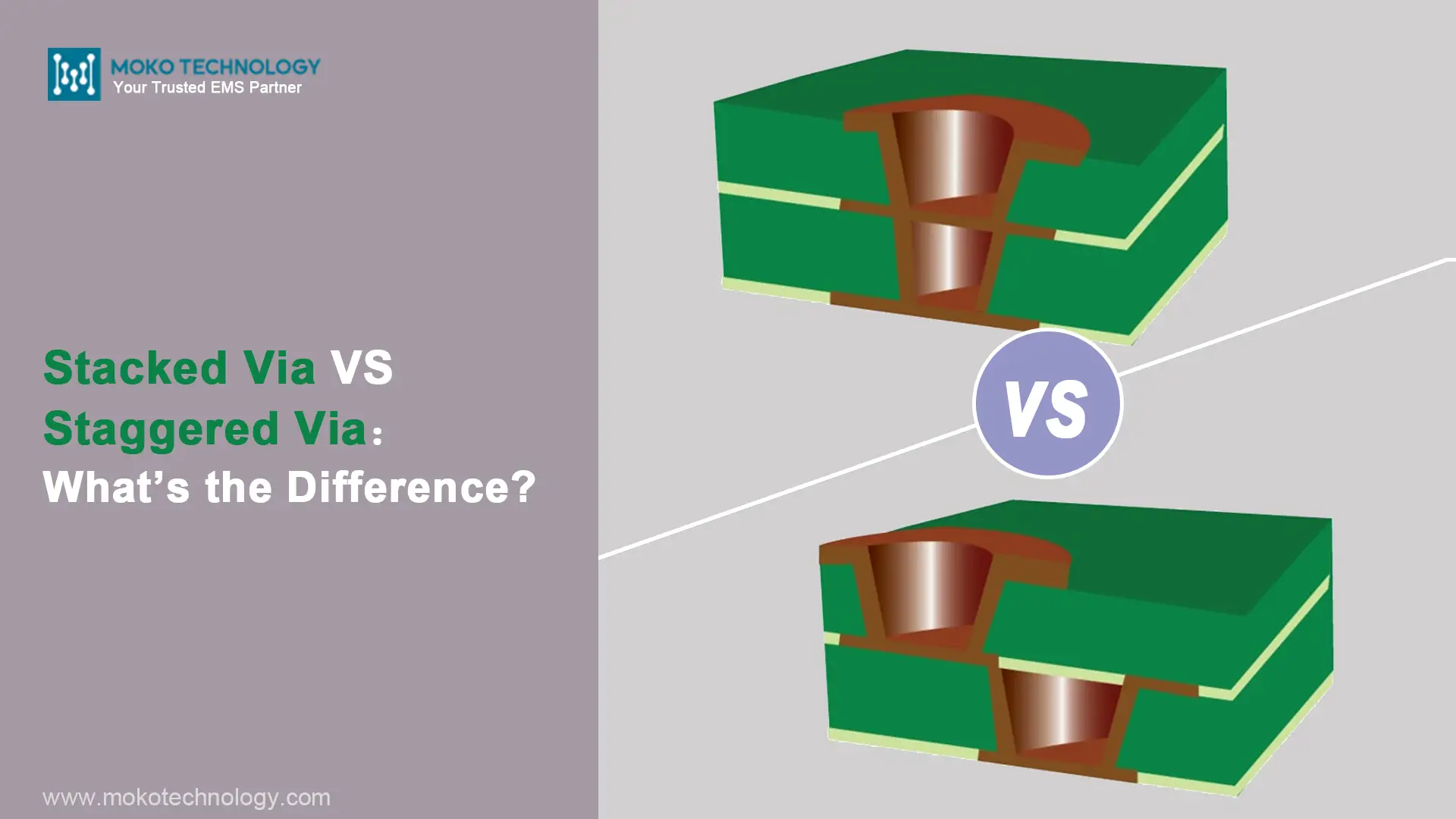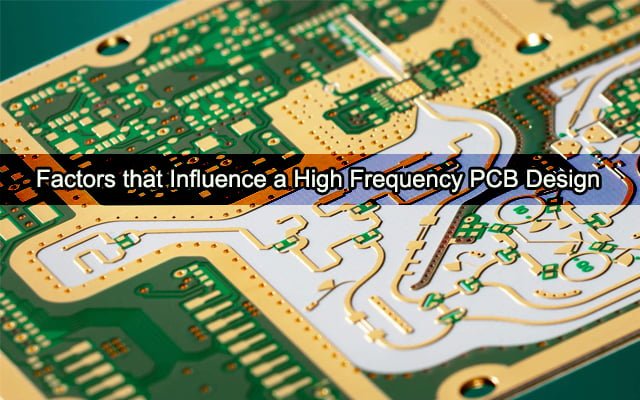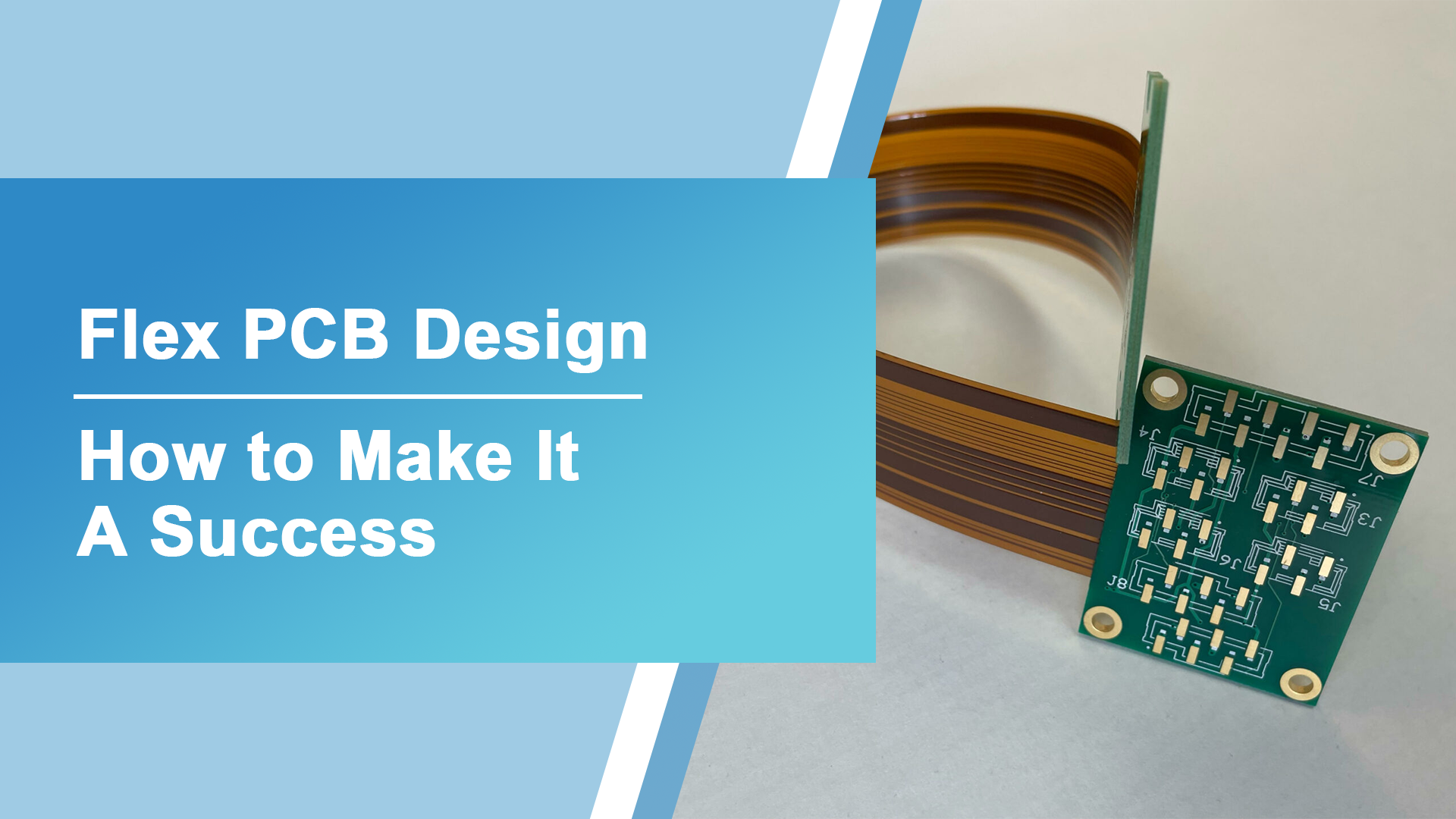Because radio frequency makes electrons behave differently than they do at lower frequencies or at DC.
At lower frequencies, resistive effects dominate. However, at higher frequencies, impedance and capacitance start to dominate. Also, at higher frequencies, electrons begin to be forced to the surface of a conductor, instead of traveling into the body of the conductor. And the “matching surface” of the dielectric insulator being used to support the conductor also has an effect on electron flow.
The electron exhibits both electronic and magnetic properties as it moves in a conductor. Then magnetic forces can also induce current and noise in nearby adjacent conductors. It causes noise, cross-talk, and eddy currents that disrupt desired operation of a complex circuit.
These effects become more expressed at higher frequencies used. To alleviate this, miniature transmission lines are designed into PCBs with specific physical size and spacing characteristics to make sure these high-speed signals are contained in the transmission lines, and also that the source impedance matches the load impedance as closely as possible.
All of these characteristics require the skilled application of mathematics, board design, and mounted components. It includes accommodations for voltages, currents, resistance, time constants, impedance, impedance matching, logic, and creativity, as well as an innate understanding of the interaction between these interrelated factors.
Read More: High-Frequency PCB
#Consumer Electronic #PCB Design



